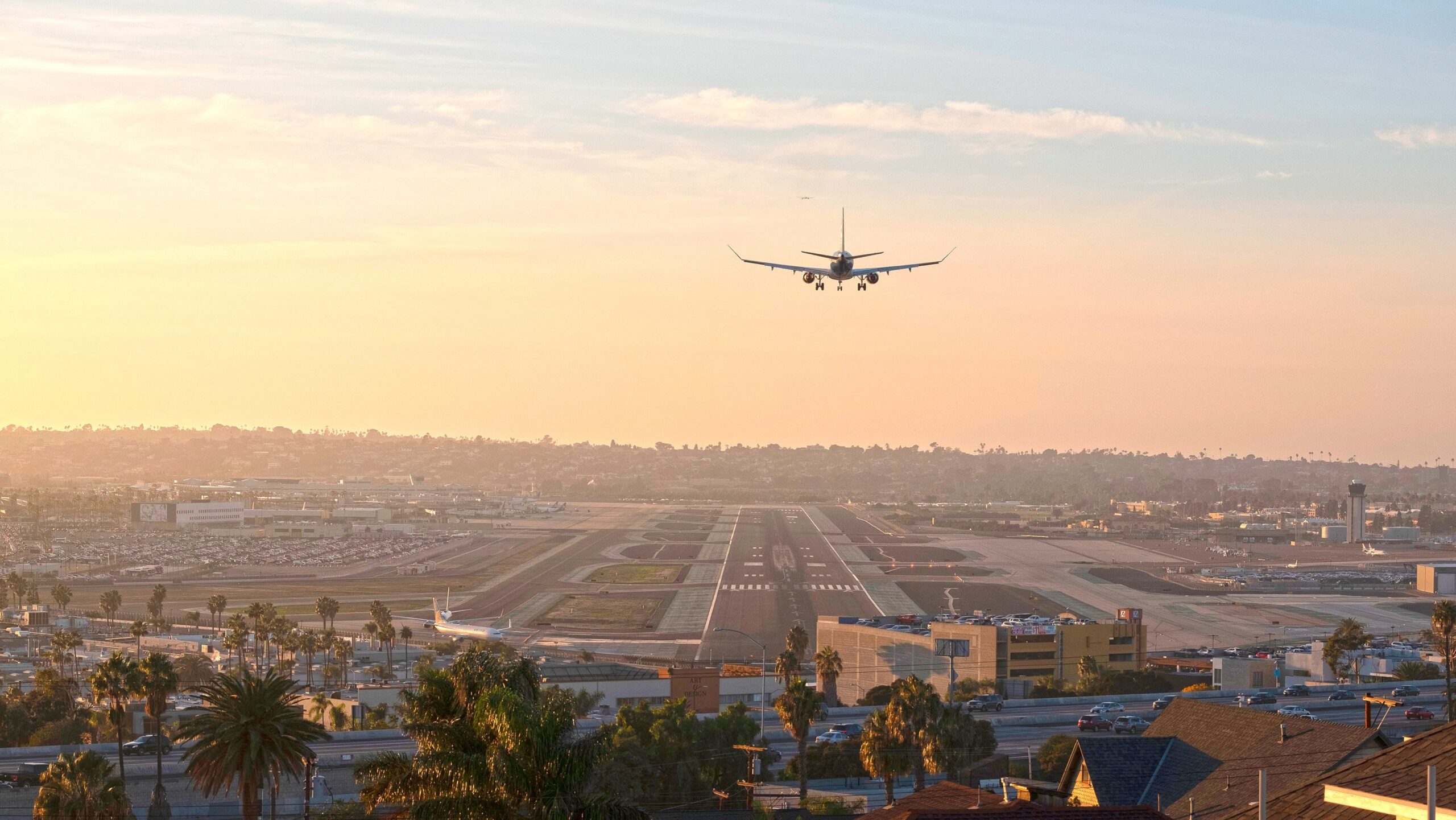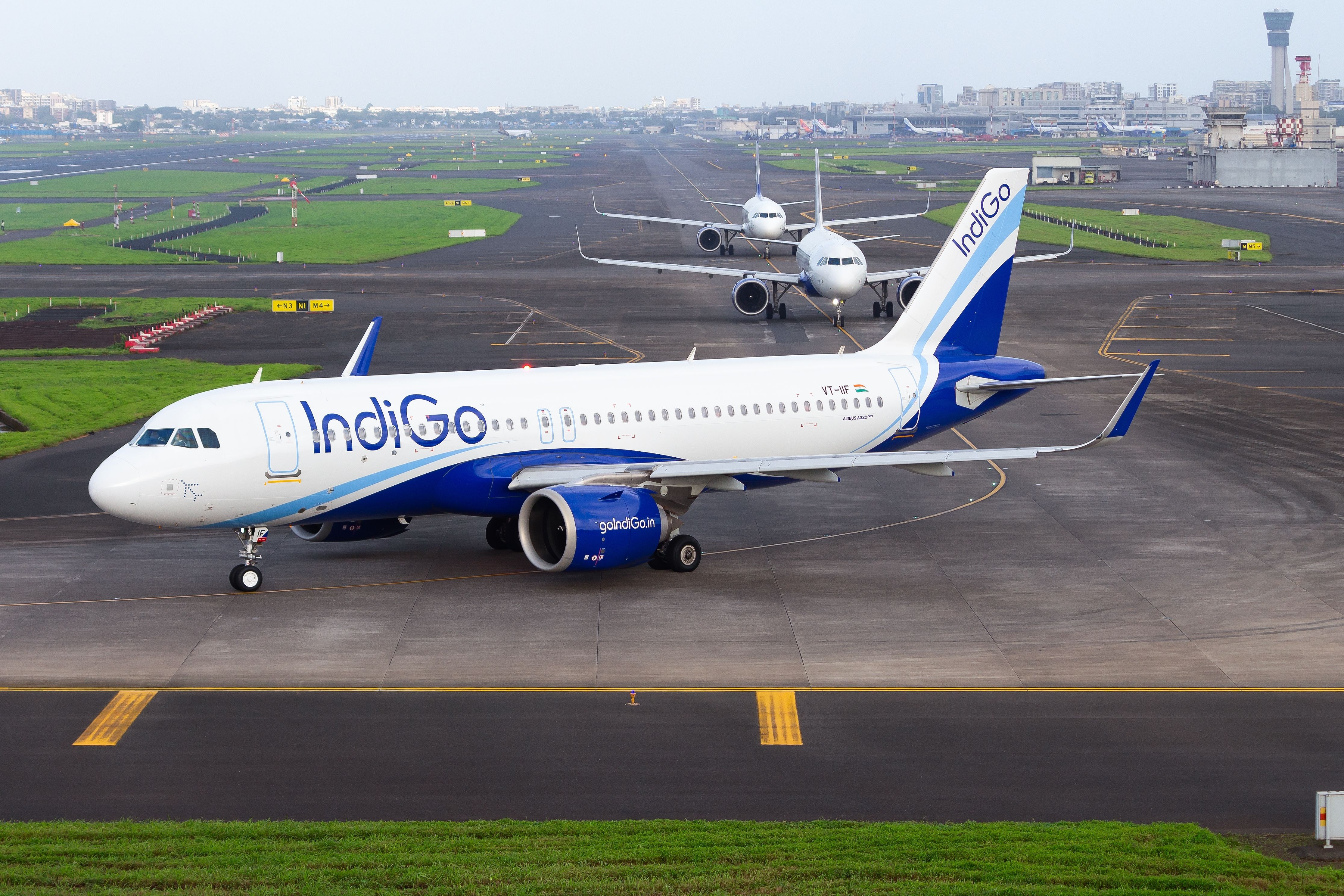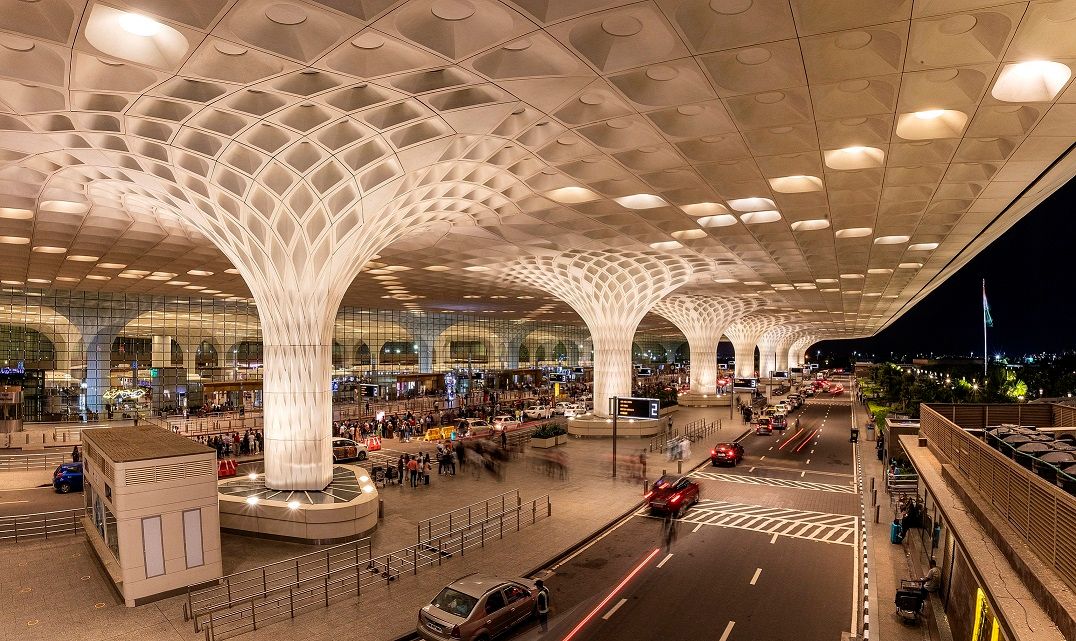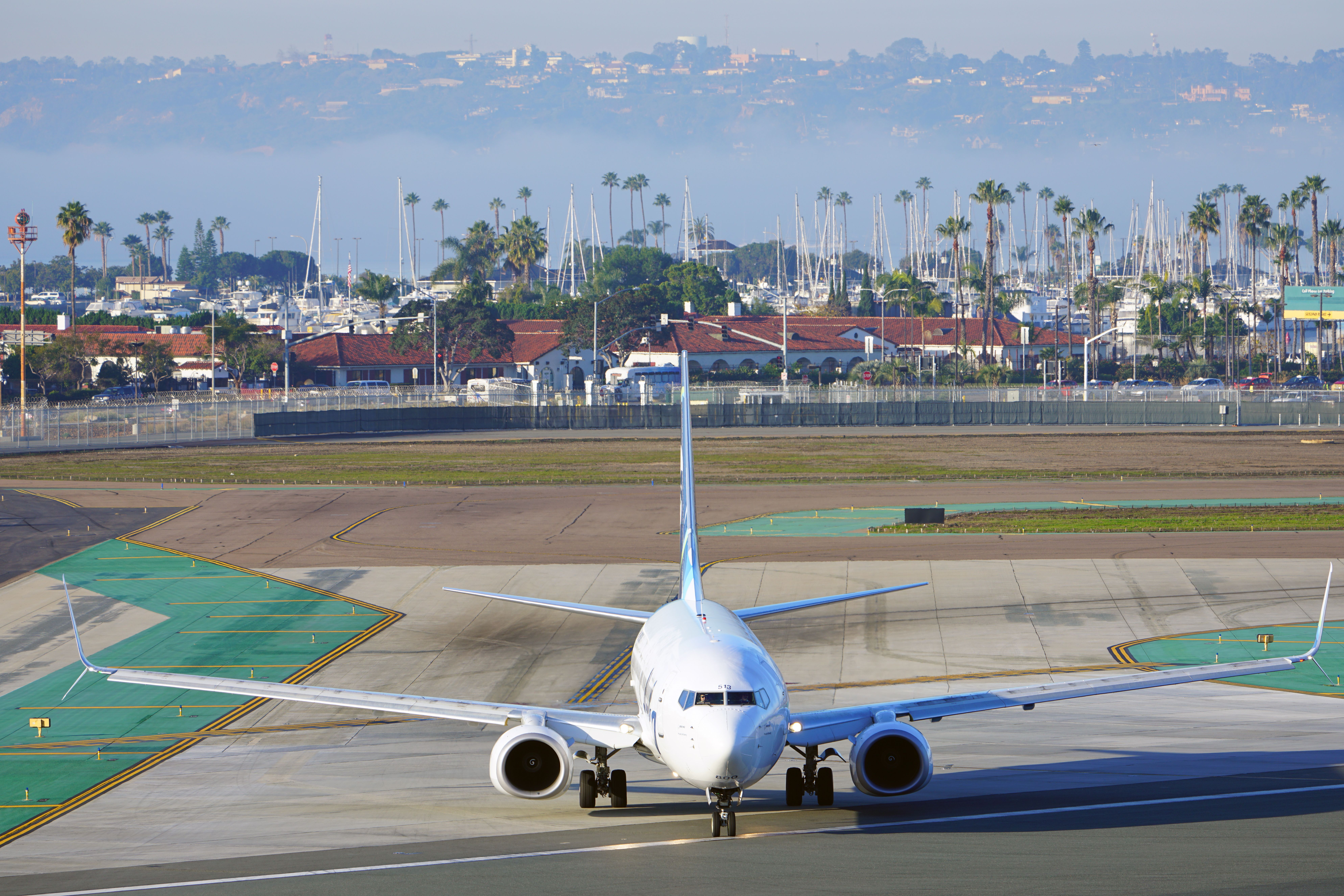Summary
- Iconic airports like Mumbai’s Chhatrapati Shivaji Maharaj International and London Gatwick operate with one runway, managing high traffic volumes through strategic planning and maintenance.
- Runway maintenance is often conducted during nighttime hours to minimize disruptions, while some airports may have limited operating hours due to nearby residents.
- San Diego International Airport, with its single runway, is the busiest single-runway airport in the US and relies on nighttime maintenance to keep operations running smoothly.
While many of the world’s busiest airports can operate multiple runways simultaneously, some of our most iconic airports operate with just one runway, and timing is crucial to ensure these airports’ smooth operations. A number of staff are working hard behind the scenes to ensure that aircraft arrive, depart, and use the taxiways to their optimal, to ensure these airports remain efficient. While the likes of Chicago O’Hare could steal the limelight with its eight runways, it doesn’t mean those with just one can’t conquer the world either.
Photo: BoeingMan777 | Shutterstock
Having just one runway isn’t solely about planning for take-offs and landings; we must also consider how airports can do runway maintenance without disrupting services. This is usually completed during darkness, when the airport may expect fewer services. While many airports worldwide operate curfew-free (meaning they never have to close), many operate solely between 0600 to 00:00 (midnight) or similar due to neighboring residents.
For many airports, this is the only time during the day when the crew can complete crucial runway maintenance and its corresponding taxiways. In more extreme circumstances, maintenance may have to be completed outside these timeframes, which can severely disrupt usual operations. So, which are the busiest ‘one runway’ airports in Asia, North America, and Europe? Let’s explore.
Asia
Chhatrapati Shivaji Maharaj International Airport, Mumbai (BOM)
While Mumbai’s main international airport technically has two runways, it is only a ‘single strip facility.’ This is because two intersecting runways create an X shape, meaning the runways cannot be used simultaneously. However, this unique feature allows aircraft to take off or land in any direction, regardless of wind direction. The two strips are 11,302 and 9,810 feet long and don’t stop the airport from operating with significant traffic volume.
According to Daily Passport, the airport handled an astonishing 51,58 million passengers just last year. The airport has heavily invested in its development, including Terminal 2, which was designed inspired by a traditional Indian pavilion. The terminal is 753,474 square feet and is home to one of the world’s largest roofs without an expansion joint. Its roof is supported by 30 columns.
Photo: CSMIA
Despite only being able to operate effectively with one functioning runway, the airport recorded 980 flights within 24 hours(according to Business Traveller) in 2018. In the 12 months between April 2021 and March 2022, the airport welcomed over 22 million passengers. As the pandemic thaw has continued in aviation, the airport has continued to see an increase in its patronage.
The intersecting runways were experimented with back in 2010 to see if they could be used in tandem. According to the Indian Express, the airport was able to operate 48 flights per hour; however, after thorough analysis, the airport opted to focus on using one runway, which was found to be more efficient overall.
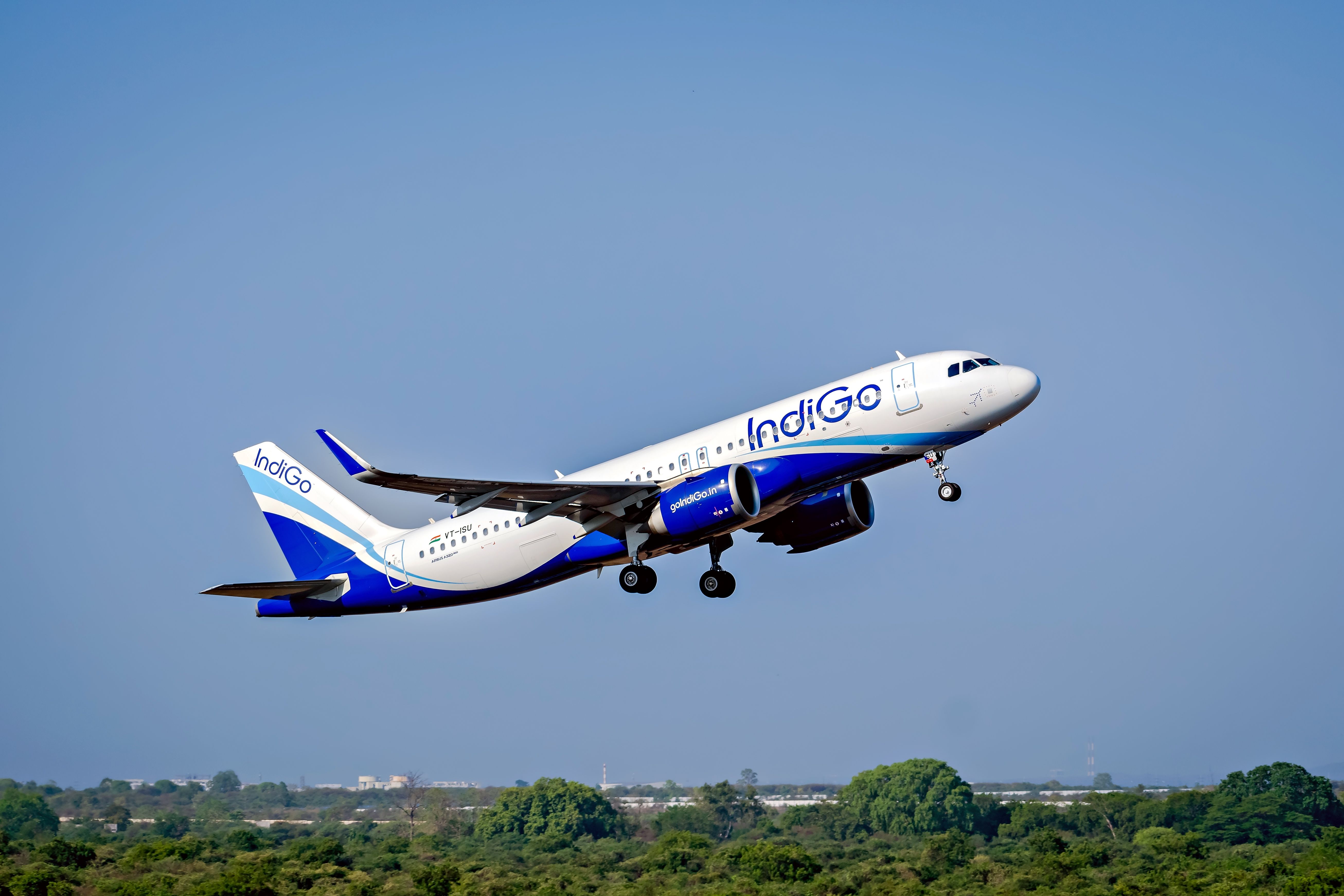
Related
Dangerous: IndiGo Airbus A320neo Lands Seconds After Air India A320neo Takes Off From Same Runway At Mumbai International Airport
Air India was still accelerating down the runway as the IndiGo aircraft came into land.
Europe
London Gatwick Airport (LGW)
Perhaps one of Europe’s most famous single-runway airports, LGW serves as the second most prominent airport for the British Capital, London. Opened in 1958, the airport is located in Horley, South of London. Connected efficiently with train services to London, the airport is a popular alternative to London Heathrow. In 2023, the airport welcomed over 41 million passengers and 253,000 aircraft movements.
While London Gatwick is similar to Mumbai, which technically has two runways, the second is too close to the primary to permit simultaneous operations. This is where the airport falls again into the single runway category and sees most of its flights take off from the primary 10,879-foot runway. The second ‘Northern Runway’ is 8,415 feet long and mainly used as a taxiway.
There are long-term plans for the Northern Runway to be moved 39 feet away from the primary runway to meet global requirements for dual runway activity. London Gatwick is a hub for British Airways and an operating base for British low-cost-carrier easyJet, where the carrier uses the airport as one of its many bases for services across Europe. The airport also welcomes a range of low-cost and full-service carriers, with even Emirates serving the airport with its Airbus A380 daily.
Other carriers that use the airport as an operating base include
With Heathrow already operating at near full capacity, some secondary carriers are spotted at the South London airport, including Air Peace (Lagos), airBaltic (Riga & Tallinn), FlyErbil (Erbil), Nouvelair (Tunis), Turkmenistan Airlines (Ashgabat), and Uzbekistan Airways (Tashkent), for their London operations.
North America
San Diego International Airport (SAN)
Located in Southern California, near the border with Mexico, lies the city of San Diego, with its congested airport wedged right in the city center. The airport’s sole runway is 9,401 feet long and holds the record for the single busiest airport in the United States. Before the pandemic, the airport recorded 25.2 million passengers passing through its doors in 2019. While that number was subdued during the COVID-19 waves, this hasn’t stopped the airport from rebounding strongly in 2022, with 24.06 million passengers using the airport by 2022.
Flights coming into land at San Diego are a treat for those in the air and on the ground. Aircraft get close to the city’s skyscrapers, and due to the airport’s urban location, the airport is restricted from building any additional runways. The airport also has a rotating art program, with ever-changing exhibitions and performing arts events on show in the airport terminal.
Photo: EQRoy | Shutterstock
Unlike Mumbai and London Gatwick, San Diego is stuck with just one runway, meaning that all maintenance occurs in the middle of the night to avoid disrupting daytime operations. Due to San Diego’s capacity restrictions, neighboring Tijuana International Airport (TIJ), across the border in Mexico, has looked to cash in on Southern Californian travelers. The airport even has the Cross Border Xpress, which allows passengers to park their car and clear US customs on the American side before walking across a bridge into Mexico and straight into the airport terminal.
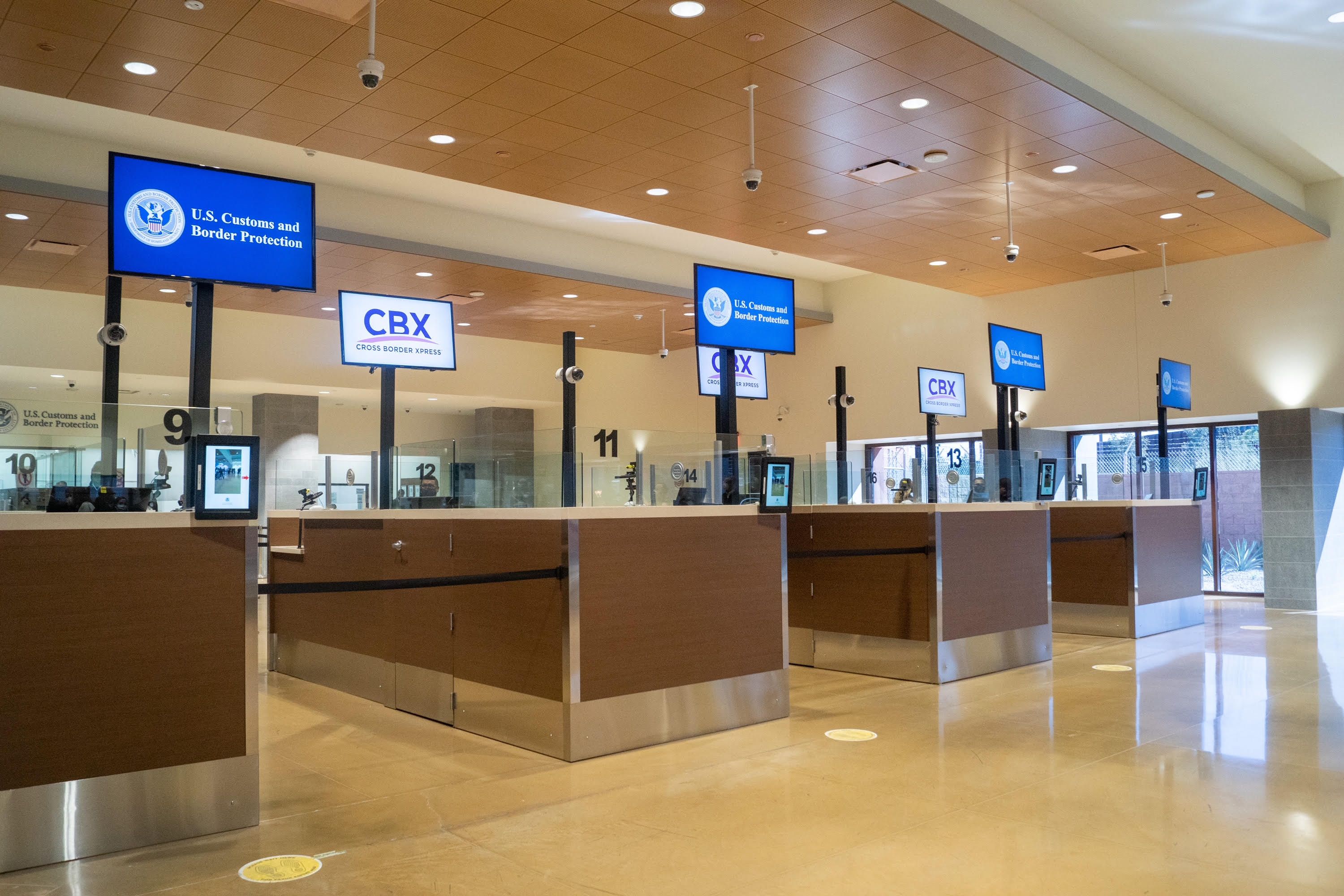
Related
US CBP Opens An Expanded Facility At Tijuana Airport In Mexico
Crossing between San Diego and Tijuana via the Cross Border Xpress at Tijuana International Airport has now become easier!
Which of these airports have you traveled from? What is your favorite single-runway airport? Let us know in the comments.

